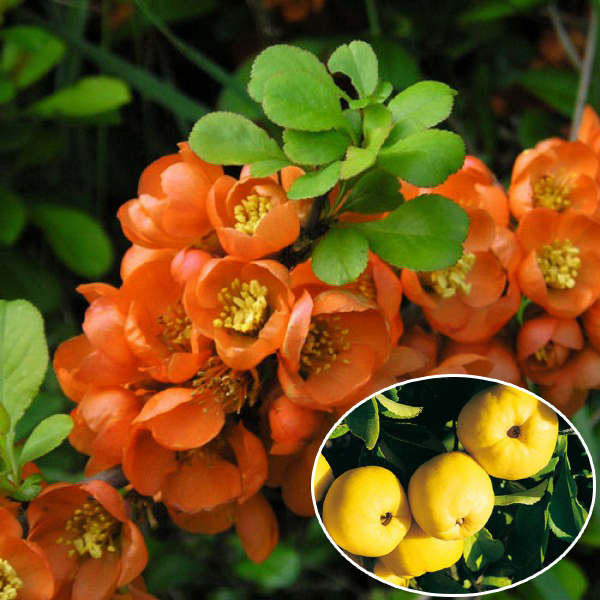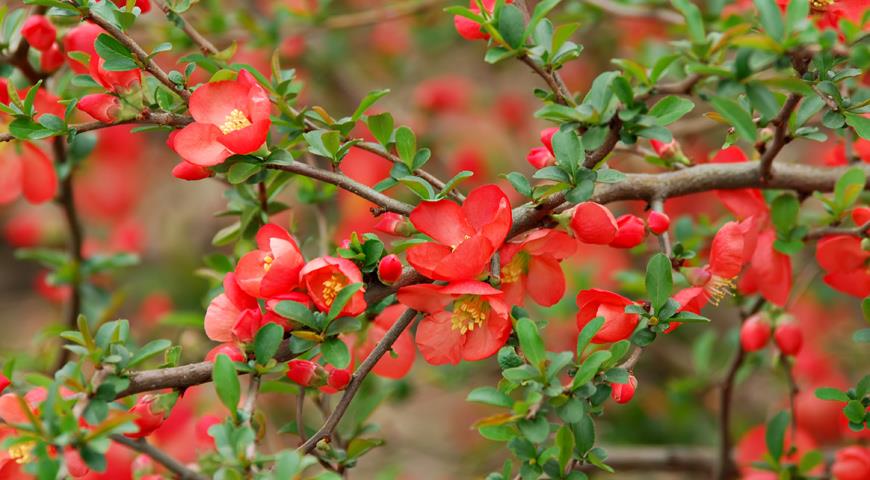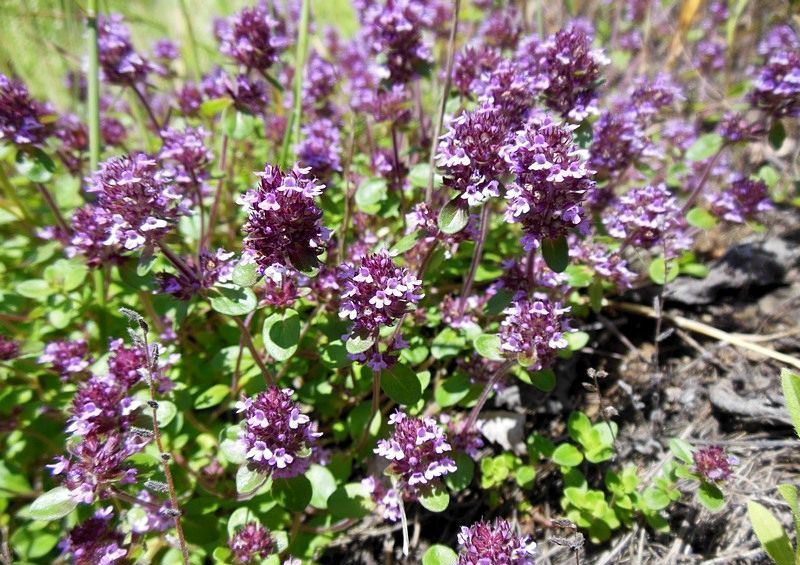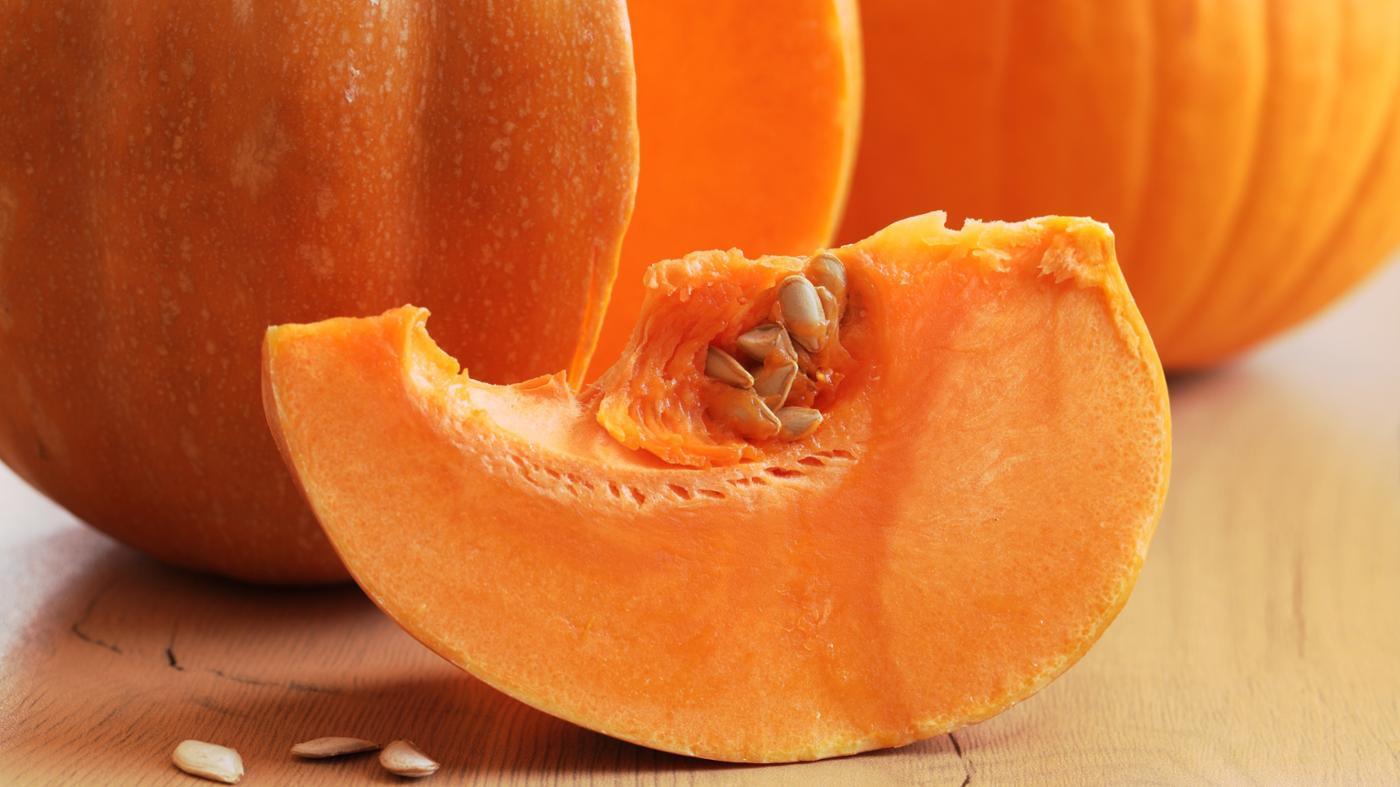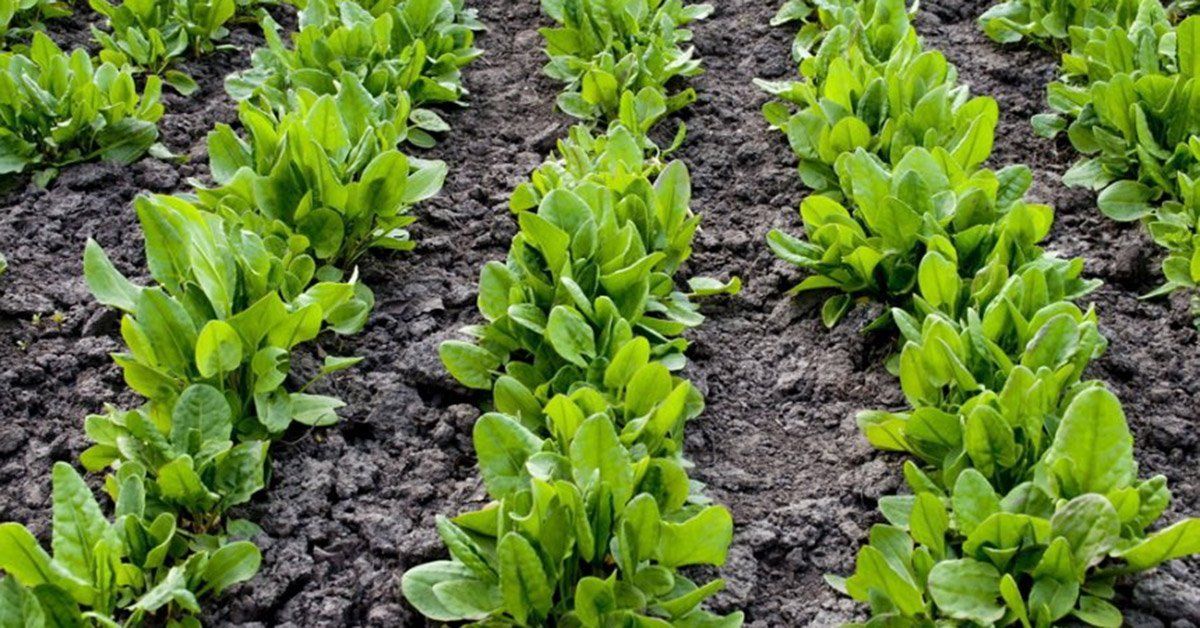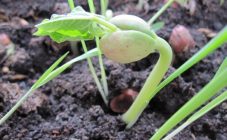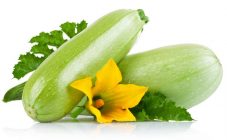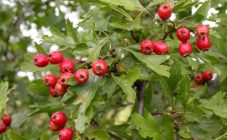Content:
This shrub has recently become extremely popular with Russian gardeners as well as landscape designers. There are enough reasons for this, the main ones are the extraordinary decorativeness of the plant during the flowering and fruiting period, high productivity, good taste of the harvested berries, from which delicious compotes and jam are obtained. Also, the shrub can be planted as a hedge along the border of the site or park area. In addition, the strong, well-branched roots of Japanese quince (or Chaenomeles) can hold loose soil.
Brief description of the crop and main varieties
Japanese Henomeles can grow up to 3 meters in height, and some undersized varieties have shoots of about 1 m in length. This perennial blooms in May, covered with large scarlet or orange buds with a reddish tint. At the same time, the color of the petals in the Nivalis variety is white, and in the Pink Lady it is pale pink.
The seedlings of this shrub are inexpensive. You can buy them in specialized nurseries, as well as from neighbors in their summer cottages.
There are many varieties of Japanese quince. It is necessary to talk about the most common varieties growing on the territory of Russia:
- Pink Crown Lady is one of the most beautiful and popular varieties among gardeners. The crown of this shrub is wide (up to 3 m), and the color of the petals is soft pink or deep pink. In height, the shoots of this perennial can reach 1.5 m.
- Chaenomeles Nivalis blooms twice a season - in May and at the end of August, covered with boiling white flowers. The width and height of this perennial is up to 2 m.
- Crimson & Gold is a chic perennial that looks particularly beautiful during flowering. The color of large flowers is deeply scarlet with pale yellow stamens. Most often, these bushes are used as a hedge. The main advantage of the variety is that it does not require pruning.
Japanese quince: planting and care in the open field
Agrotechnical measures are not too difficult and even beginner gardeners can do it. First of all, you need to decide how to plant a quince.
First, you should decide on the choice of planting material. You need to purchase seedlings that are at least 2 years old, with a closed root system. In such plants, the root system is almost never damaged, it is easier to plant them. In addition, quince with a closed root system is easier and faster to acclimate to a new place.
The best time to plant these perennial ornamental shrubs is spring, after the snow melts and the soil warms up well (but before bud break). In the autumn, planting Japanese quince is undesirable, since these bushes love warmth and can take root badly before the onset of frost. As a result, young plants will most likely die, not having time to completely take root in a new place.
Planting, growing and caring for Japanese quince in the Moscow region are no different from similar procedures in other regions of Russia. First, you should choose a site on which this perennial will grow.
Landing in open ground requires the right location. It should be an area well illuminated by the sun, protected from gusts of cold winds. Even a slightly shaded area is not for these bushes, in such places the quince blooms poorly, grows poorly and practically does not bear fruit.
The success of Japanese quince cultivation largely depends on the soil on which the bush grows. Although in general this shrub grows well on different types of soils, some requirements must be met:
- do not grow quince on peat soils;
- the composition of the soil should not contain salt marshes and lime;
- the acidity of the soil should be neutral or slightly acidic, and chlorosis of the foliage may occur in the alkaline soil of the quince.
Before planting seedlings, a layer of drainage material should be laid on the bottom in the planting pits, then a nutrient soil mixture. After planting, seedlings should be watered sparingly, making sure that the top layer is always moist (but without moisture stagnation). Older shrubs tolerate dry periods well.
A plot for Japanese quince is prepared in advance:
- remove all weeds;
- sheet material and river sand are introduced into heavy and poor soil.
- peat mixed with manure, to which phosphorus fertilizer has been added, should be used as fertilizer.
Two-year-old seedlings in diameter can reach 50 cm, when planting them, a distance of 40 cm between adjacent bushes should be observed, and up to 50 cm between rows.
The diameter of the planting pits should be at least 25 cm, and the depth should be about 40 cm.
Further care for quince includes:
- compliance with the irrigation regime;
- weed removal;
- in spring and autumn, the trunk circles should be loosened;
- correct crown formation;
- feeding.
Chaenomeles does not require frequent watering, only during the drought period the bushes should be watered more often. In autumn, when the temperature drops below 0 ° C at night, young bushes should be watered several times. The last watering is carried out in the last decade of October - the first decade of November.
During the summer period, weeds are removed in the trunk circles, at the end of spring, the trunk circle should be mulched with sawdust or chopped bark.
In the first year after planting, you should not add liquid top dressing to the trunk circles, so as not to burn the delicate roots of Chaenomeles. And during this period, the plant has enough of those fertilizers that were applied before planting.
In the following seasons, the bushes are fertilized several times per season. The first time fertilizers are applied in the spring, during this period organic matter and complex mineral fertilizers should be applied. In the summer, solutions of chicken manure or ammonium nitrate are introduced.
Pruning Chaenomeles is easy. Usually, the number of pruning per season is small - the main pruning is carried out in the spring, and if necessary, also in the fall. The shrub tolerates this procedure well. Since the shoots are covered with thorns, you should protect your hands with heavy work gloves.
In the spring, sanitary pruning is carried out, during which dry, frost-damaged and broken shoots are removed. For pruning, use a pruner or a small hacksaw. Places of cuts should be immediately covered with garden pitch, in this case the shrub will quickly recover.
At the same time, all shoots growing close to the surface of the soil, too extended upward, are removed. Rejuvenating pruning is carried out after the plant is 10 years old. At the same time, old, weakened, deformed and too high shoots are removed. At the same time, without special need, they do not touch those branches on which the crop will grow.
In the fall, this procedure is carried out after the entire crop has been harvested.
A large harvest from these bushes can be harvested if all dry and damaged shoots are removed in time. And if you do not form a shrub, then its appearance will deteriorate significantly.
Culture propagation methods
Chaenomeles is a shrub that does not cause much trouble for a person. This also applies to its reproduction. This shrub can be propagated by seed, cuttings, grafting and root cuttings. Each gardener chooses the most convenient of these methods.
The easiest way to propagate is by seed. After harvesting, the seed should be collected, dried and planted in the ground. This seed has a high germination rate - more than 90%. The emerging seedlings are strong and strong. If it was not possible to plant seeds in the fall, then seed reproduction can be postponed until spring.
The next spring, the grown seedlings are transplanted to a pre-prepared permanent place. It is better not to replant plants in autumn.
In June, green cuttings up to 10-12 cm long are cut from Japanese quince bushes and planted in boxes with a substrate consisting of river sand and high peat (in a ratio of 3: 1). The distance between adjacent cuttings should be at least 8-10 cm, in this case the plants will not interfere with each other during the growth process. The first couple of watering is carried out with Kornevin's solution to stimulate the development of the root system. If the weather is warm, then the cuttings take root in 1.5 months. The percentage of rooting of cuttings is at least half of those planted.
The plant can be propagated by root layers during the summer. To do this, the lower branches are bent to the ground and sprinkled with earth, leaving the tops of the shoots with 2-3 buds sticking out. The rooting site is regularly watered, after 1.5-2 months roots grow there and the seedling can be cut off from the mother bush, and then transplanted to a permanent place.
Breeding Japanese quince does not take long and is not a laborious process. The main thing is to fulfill all the landing conditions. You can grow this bush perennial in the Leningrad, Moscow regions, the Urals and Siberia.
Correct collection and storage of crops
Harvest the Japanese quince in the last decade of September, and in some areas - even in early or mid-October. If the plant is properly looked after, then at least 2.5-3 kg of ripe fruits are collected from each bush.
It happens that the summer is too rainy and cold, in this case the fruits do not have time to fully ripen. Some gardeners do not harvest unripe crops until the very frost. It is better not to do this, as the fruits "beaten" by frost fall off, losing their pleasant taste and unique aroma.
You need to pick the fruits on time, and the green "apples" are great at home. It is better to store the harvested crop in a cellar, where there is sufficient humidity and a relatively low temperature. In this case, the duration of storage of quince is until the end of February.
Japanese quince is not yet an ordinary guest of Russian dachas and gardens, but at the same time it has a huge potential for distribution. Those gardeners who tried to cultivate the shrub hardly regretted it.
